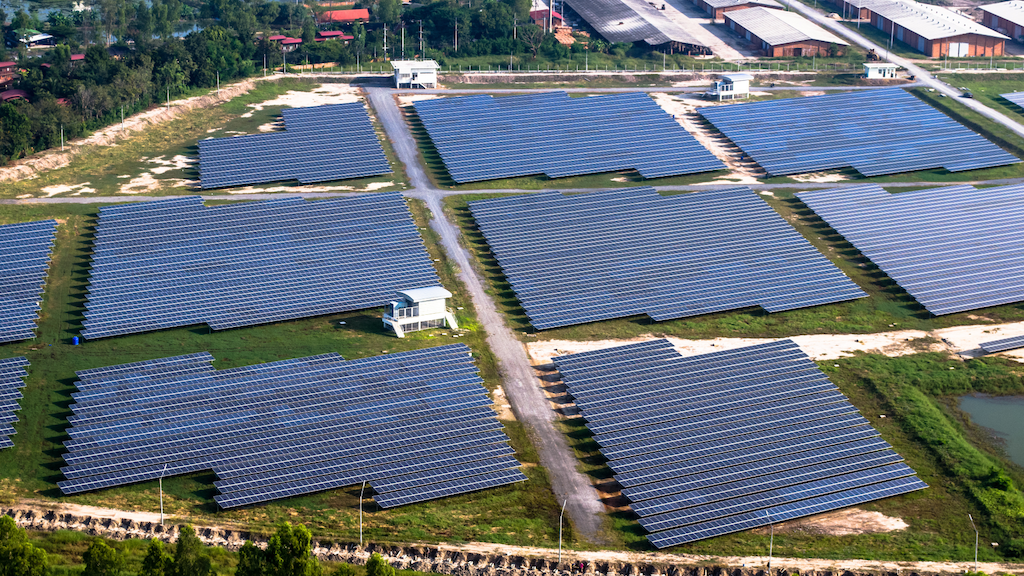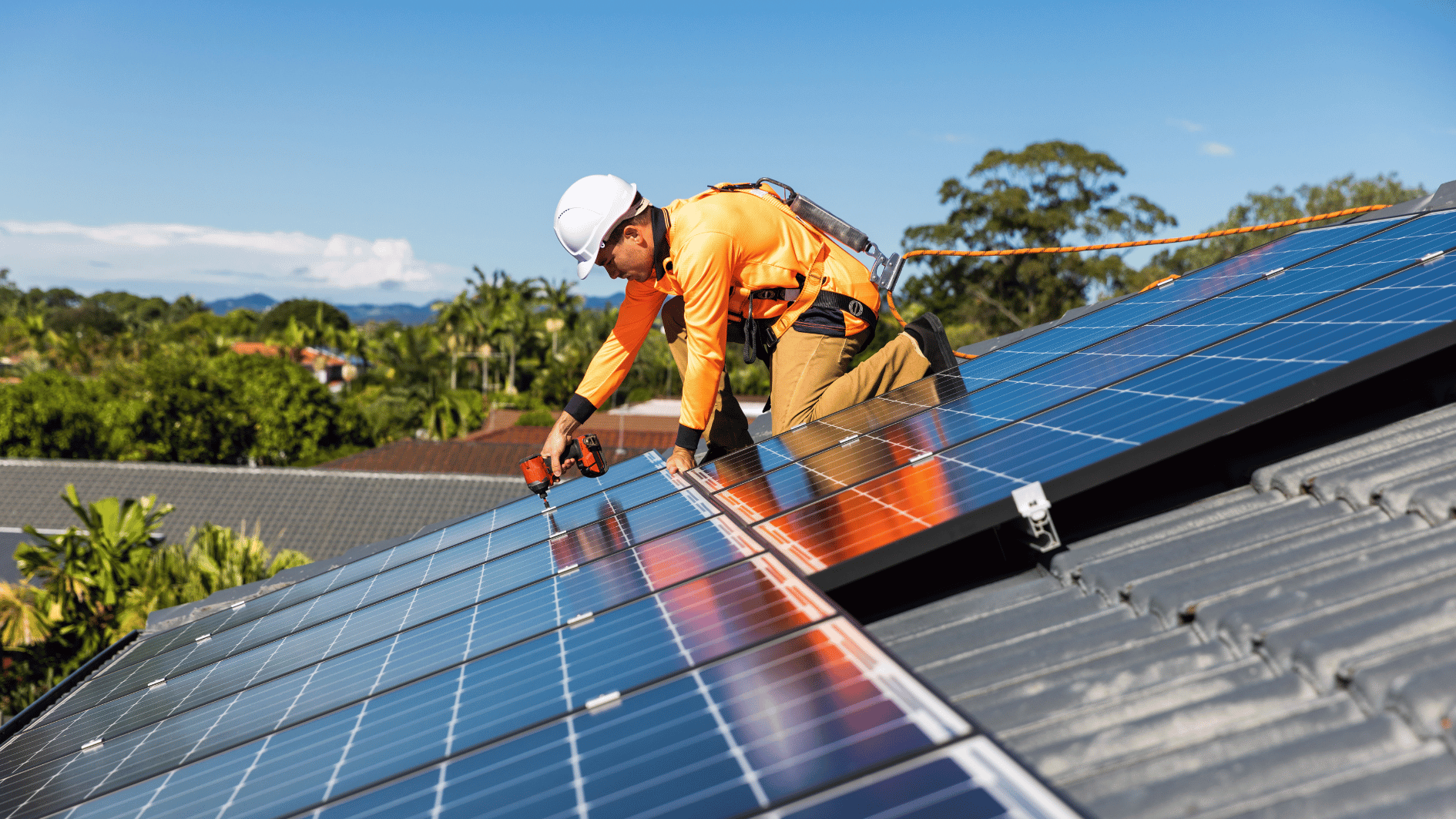Image source: Canva.com
Solar fields, often associated with reflective glass panels and metal posts, are emerging as unexpected sites of biodiversity, regenerative agriculture, and community development. This transformation is being driven by agrivoltaics, a practice combining agricultural activities with solar energy production to create shared benefits for farming and renewable energy.
At the forefront of this innovation is a 1.2-megawatt (MW) agrivoltaic facility spanning 4.5 acres at Chatfield Farms, part of the Denver Botanic Gardens in Colorado. Located 20 miles southwest of downtown Denver, this facility integrates solar panels with native plant habitats and agricultural practices. The site is designed with high, widely spaced solar panels, allowing ample room for crops and wildlife underneath. The area is now home to sunflowers, native flowers, mourning doves, and sainfoin, a legume that enhances soil health and attracts pollinators.
This project represents a collaboration between the Denver Botanic Gardens and researchers from the National Renewable Energy Laboratory (NREL). The initiative is part of NREL’s Innovative Solar Practices Integrated with Rural Economies and Ecosystems (InSPIRE) project, funded by the U.S. Department of Energy Solar Energy Technologies Office. Over the past nine years, the InSPIRE team has been exploring the potential of agrivoltaics to harmonize renewable energy production with agricultural needs. Research across more than 20 sites has demonstrated that colocating solar panels with farming activities can support grazing, crop production, soil restoration, and pollinator habitats.
Initially, skepticism surrounded the feasibility of combining agriculture with solar installations. However, ongoing research and real-world implementations have proven the mutual benefits of agrivoltaics, with solar developers, farmers, and communities embracing this innovative approach. Moving forward, NREL aims to tailor agrivoltaic practices to the specific needs of diverse agricultural settings, fostering sustainability and resilience across rural economies and ecosystems.

USDA announces $256 million investment in rural clean energy projects
Source: NREL





